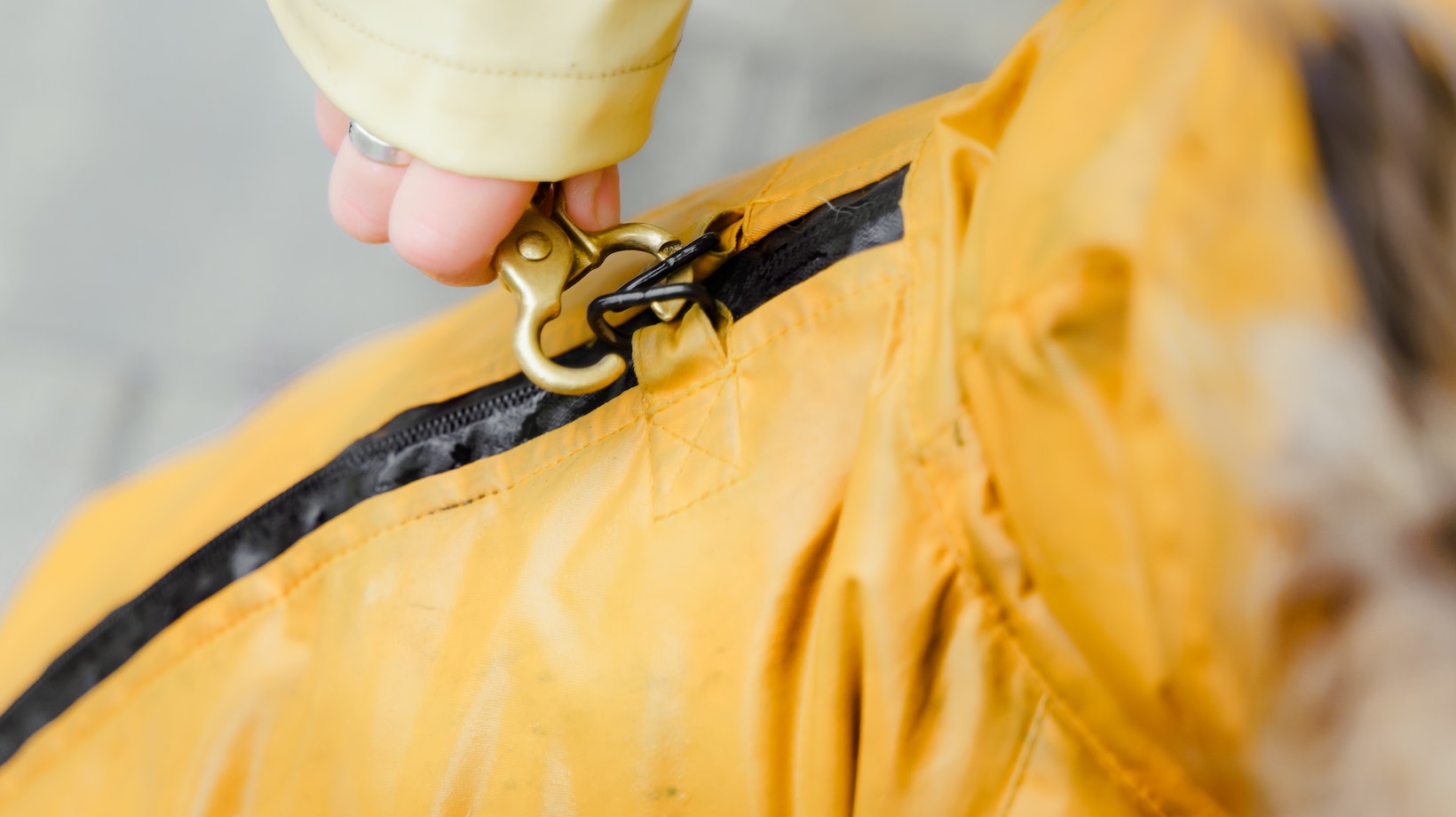If you’re looking to train a protection dog, particularly a Labrador, you’ve come to the right place. Labrador Retrievers are known for their intelligence, loyalty, and versatility, making them excellent candidates for protection training. In this article, I’ll provide you with some valuable insights on how to effectively train your Labrador as a protection dog.
Training a protection dog requires patience, consistency, and proper guidance. It’s crucial to start with basic obedience training to establish a strong foundation. Teach your Labrador commands like sit, stay, down, and come using positive reinforcement techniques such as treats or praise.
With dedication and consistent practice, your Labrador can become an exceptional companion and protector. So let’s dive into the world of training our beloved Labradors for protection – an endeavor that will undoubtedly strengthen the bond between us and our furry friends while providing peace of mind for ourselves and our loved ones.
Understanding the Key Traits of a Successful Protection Dog
The Importance of Early Socialization
One of the key traits that sets successful protection dogs apart is their ability to socialize effectively with humans and other animals. Early socialization plays a crucial role in shaping a protection dog’s behavior and temperament. Introducing a Labrador, for example, to various environments, people, and situations at an early age helps them develop confidence and adaptability.
During the critical socialization period, which typically occurs between 3 and 14 weeks of age, it’s important to expose your Labrador to different sights, sounds, smells, and experiences. This can include meeting new people in controlled settings or introducing them to well-behaved dogs. Positive reinforcement techniques such as treats or praise should be used to reward desired behaviors during these interactions.
By exposing your Labrador to diverse experiences early on, you’re equipping them with valuable skills necessary for their future role as a protection dog. A well-socialized dog is more likely to remain calm in stressful situations and make better decisions when faced with potential threats.
Remember that training should be conducted in a controlled environment with the guidance of an experienced professional. Consistency, patience, and positive reinforcement are key elements for successful training.

How to Train a Protection Dog
Now that we have covered the basics of training a protection dog, it’s time to delve into the advanced commands and techniques. This is where we take your dog’s training to the next level, building upon the foundation we’ve established.
- Strengthening Obedience Skills: To begin, it’s crucial to reinforce your Labrador’s obedience skills. This will ensure they respond promptly and reliably in any situation. Focus on practicing commands such as “sit,” “stay,” “down,” and “come” in various environments with distractions. Consistency and positive reinforcement are key here.
- Mastering Complex Commands: Once your Labrador has a solid grasp of basic obedience, you can introduce more complex commands like “heel,” “leave it,” and “place.” These commands require greater focus from your dog as they involve specific positioning or ignoring certain stimuli.
- Enhancing Scent Work: A vital aspect of protection dog training is developing their scent work abilities. Teach your Labrador how to track scents, identify objects or individuals, and alert you when something suspicious is detected. Incorporate games like hide-and-seek or scent trails using safe substances for practice.
- Introducing Bite Work: Bite work is an integral part of training a protection dog but should only be approached under professional guidance. Gradually introduce them to bite sleeves or suitable equipment while teaching them controlled aggression and precise targeting.
- Simulating Real-Life Scenarios: To prepare your Labrador for real-life situations, create scenarios that mimic potential threats or intruders’ behavior within a controlled environment (with supervision). Train them to assess threats calmly without becoming overly reactive.
- Continued Socialization: Despite focusing on advanced skills, never overlook the importance of socialization for your protection dog. Expose them to different people, animals, sounds, and environments regularly to maintain their balanced temperament and adaptability.
Remember, advanced commands and techniques require patience, consistency, and expertise. It’s recommended to seek professional guidance when introducing complex training elements such as bite work. With proper training and dedication, your Labrador can become a reliable protection dog while maintaining their friendly nature as a family companion.